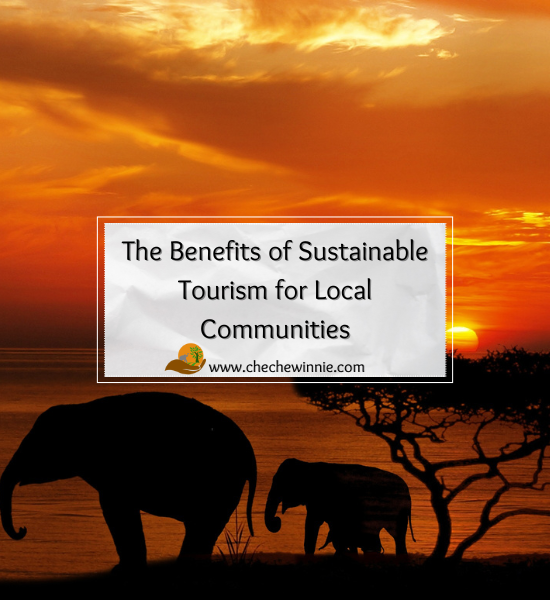For many people, a vacation is the only time of year they’re able to travel. But with the rapid growth of travel as a luxury in recent years has come to a rise in traveler awareness about how our vacations affect the places we visit as tourists. As such, there are now more resources than ever on what it means to be a sustainable tourist and how you can make an impact while traveling responsibly. Responsible tourism practices focus on minimizing negative impacts on local communities and environments when visiting an area as a tourist. This includes knowing if your vacation destination is safe for visitors, supporting local businesses, and minimizing waste produced by your trip. Your trip should also support the rights of local residents and minimize negative impacts on animals or their habitats as well as any historical sites you might visit while there.
What does sustainable tourism mean?
Sustainable tourism refers to tourist activities that are “sustainable” for the host community in the long run. Sustainable tourism practices are crucial for developing areas with limited resources, such as wildlife refuges, national parks, and developing countries. Sustainable tourism helps promote conservation by protecting the environment of the host community, supporting the livelihood of its residents, and promoting cultural sensitivity. Sustainable tourism is different from responsible tourism in that sustainable tourism addresses all three elements of the tourism industry: the environment, the economy, and the culture of the host community. Sustainable tourism aims to minimize the negative impacts of tourism in these three areas. Responsible tourism is a subset of sustainable tourism that focuses on minimizing the negative impacts of tourism on the environment and economy of the host community.
How can you travel sustainably as a tourist?
When visiting a new destination, it’s important to know if your destination is safe for tourists. By doing your research before booking your trip, you can better decide if the destination is worth visiting and what precautions you’ll need to take when you get there. Next, maximize your positive impact by choosing to stay in a locally-owned hotel or hostel, dine at restaurants owned by locals, and shop at local stores. Traveling with a tour or activity company that is owned and operated by locals is another way to have a positive impact on a community. When you visit a natural or cultural site, share your knowledge with others and encourage respect and appreciation for the site’s significance. Whether you’re visiting a well-known landmark or an off-the-beaten-path site, show respect for the environment by leaving it as you found it. When visiting natural areas, avoid disturbing wildlife and respect wildlife-free zones, such as nesting areas. Lastly, it’s important to consider the carbon emissions created by your trip when flying. Consider taking a train to your destination instead of flying.
How can you benefit local communities through tourism?
Tourism has the potential to be a significant source of income for many local communities. While local communities do benefit from tourism, it is important for them to be able to maintain a balance between meeting the needs and demands of their current residents and those of the tourists. When visiting an area as a tourist, you can help protect the environment by being careful not to damage or remove anything from the site. Additionally, when visiting historical sites, be respectful and follow the rules and regulations set by the site to preserve the area and artifacts. When visiting a natural area, observe wildlife and avoid disturbing the environment by not feeding or touching wild animals. You should also know if there are any off-limits areas on the site.
The risks of unsustainable tourism for locals
Tourism can potentially have many positive impacts on a community, including increased employment and greater economic development, but it can also have negative impacts. Some of these negative impacts include damage to natural resources, such as the environment and historical sites, and a strain on the local transportation and energy infrastructure. Many of the negative impacts on a community from tourism can be mitigated through good planning and effective management of the tourism industry. For example, to lessen the impact of increased tourism on the environment and natural resources, areas can employ sustainable tourism practices. For example, protecting fragile ecosystems by not feeding wild animals or removing anything from the site and managing crowds at a site, such as a historical site, can help lessen the impact of tourism.
Conclusion
Tourism has the potential to be a significant source of income for many local communities. However, it is important for these communities to be able to maintain a balance between meeting the needs and demands of their current residents and those of tourists. Tourism can have both positive and negative impacts on a community. To help prevent the negative impacts, many areas employ sustainable tourism practices. When you travel, be mindful of the potential impacts your trip could have on the environment and local communities. If you want to visit a new destination, do your research before booking your trip to learn about the potential impacts and find out what you can do to minimize them.

